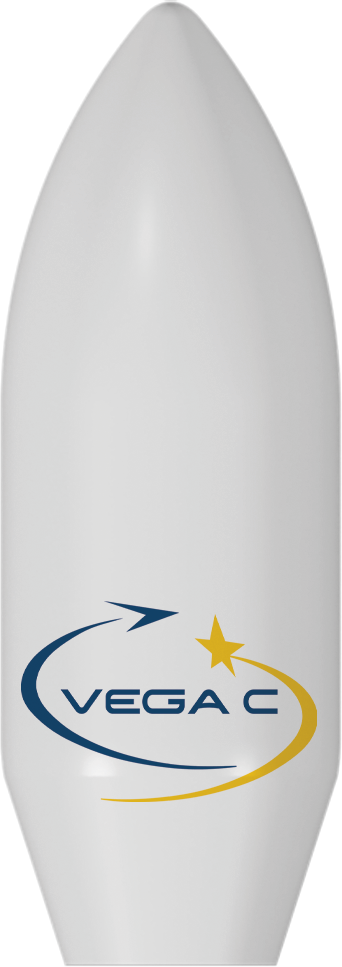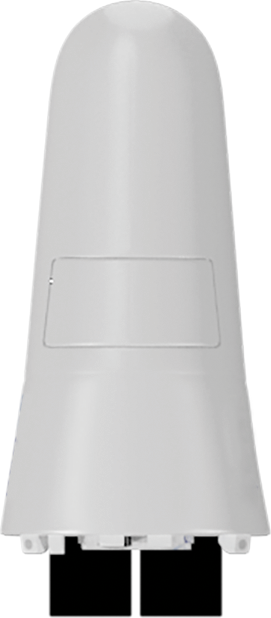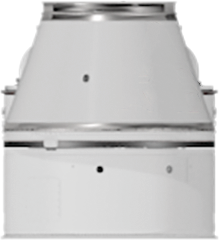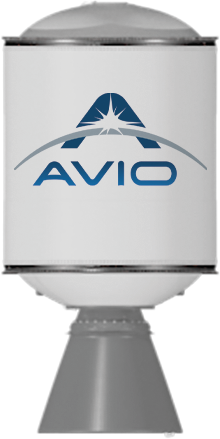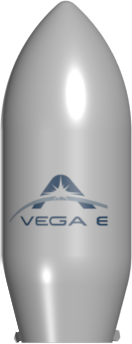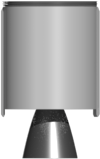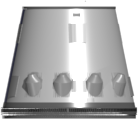The new Vega C launcher will be more flexible and versatile than its predecessor, increasing the market for this vehicle from 50% to 90% of LEO satellites, a substantial part of which can be managed by exploiting its multiple launch capability. From this standpoint, the current VESPA Payload Adapter will be used in missions involving multiple launches (two satellites) or to house Cubesats and microsats in its internal platform.

